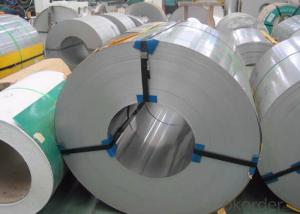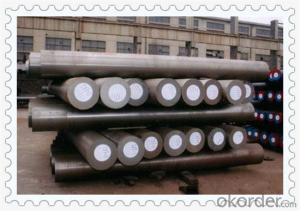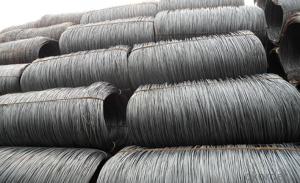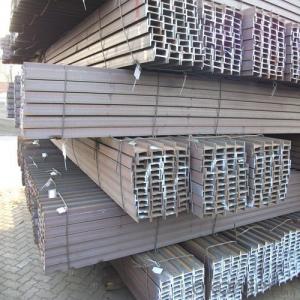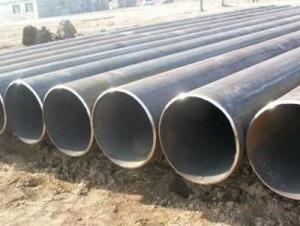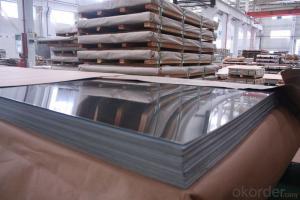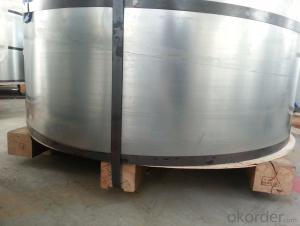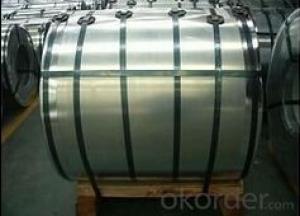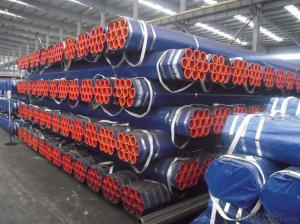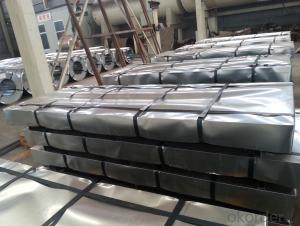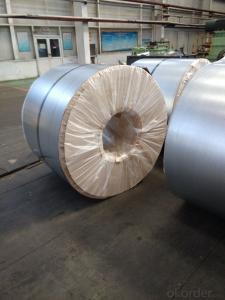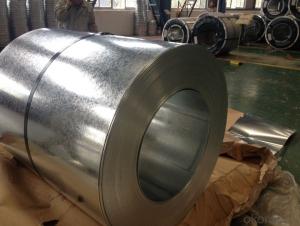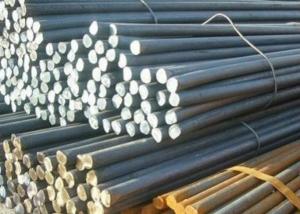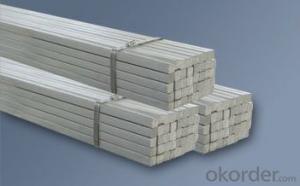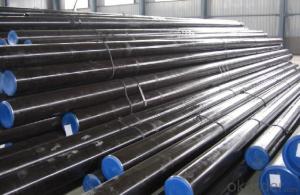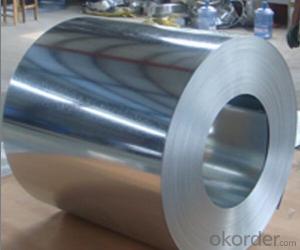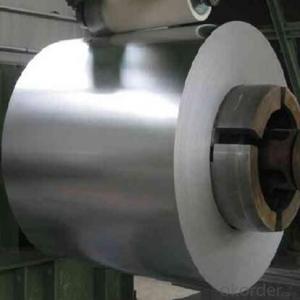All Categories
- - Steel Wire Rod
- - Steel Coils
- - Steel Profiles
- - Steel Pipes
- - Stainless Steel
- - Tinplate
- - Special Steel
- - Steel Sheets
- - Steel Rebars
- - Steel Strips
- - Hot Rolled Steel
- - Cold Rolled Steel
- - Pre-painted Steel
- - Seamless Steel Pipe
- - Welded Steel Pipe
- - Hollow Steel Tubes
- - Galvanized Pipe
- - Stainless Steel Coil
- - Stainless Steel Sheet
- - Stainless Steel Plate
- - Stainless Steel Strips
- - Electrolytic Tinplate Coil
- - Electrolytic Tinplate Sheet
- - Stainless Steel Rebars
- - Solar Panels
- - Solar Water Heater
- - Solar Related Products
- - Solar Inverter
- - Solar Cells
- - Solar Light
- - Solar Energy Systems
- - Solar Controllers
- - Solar Mounting System
- - Solar Pump
- - Solar Chargers
- - Fiberglass Chopped Strand
- - Fiberglass Mesh Cloth
- - Composite Pipes
- - FRP Pultrusion Profiles
- - Fiberglass Mat Tissue
- - Fiberglass Fabrics
- - Fiberglass Mesh
- - Composite Tank
- - Fiberglass Mesh tape
- - Polymer
- - FRP Roofing Panel
- - Fiberglass Roving
- - Monolithic Refractories
- - Ceramic Fiber Products
- - Refractory Bricks
- - Raw Materials For Refractory
- - Suspended Platform
- - Cranes
- - Concrete Machinery
- - Earthmoving Machinery
- - Building Hoist
- - Road Building Machinery
- - Plastic Pipe Fittings
- - Plastic Tubes
- - Plastic Sheets
- - Agricultural Plastic Products
- - Plastic Nets
 All Categories
All Categories
Q & A
How does cold-rolled steel contribute to the efficiency and reliability of heating and cooling systems?
Cold-rolled steel contributes to the efficiency and reliability of heating and cooling systems primarily due to its enhanced strength, durability, and dimensional accuracy. The process of cold-rolling steel involves compressing it between rollers at room temperature, resulting in a more consistent and uniform material with improved mechanical properties. This increased strength allows for the fabrication of thinner and lighter components, reducing the overall weight and size of the heating and cooling systems. Moreover, cold-rolled steel's dimensional accuracy ensures precise fit and alignment of various components, minimizing air leakage and energy loss. With its resilience against corrosion and wear, cold-rolled steel also prolongs the lifespan of heating and cooling systems, promoting long-term efficiency and reliability.
Can you explain the challenges and solutions related to joining different types of cold-rolled steel?
Joining different types of cold-rolled steel poses several challenges, primarily due to the varied composition and mechanical properties of the steel. One challenge is achieving a strong and durable joint between dissimilar steel types, as their different chemical compositions can result in poor weldability and potential issues with intermetallic phases. Additionally, differing levels of carbon content and alloying elements can lead to variations in hardness and strength, making it difficult to achieve a uniform weld.
To overcome these challenges, several solutions can be employed. One approach is to carefully select the welding method and filler material, considering the specific steel types being joined. Matching the chemical composition and mechanical properties of the filler material to those of the base metals can help ensure a compatible joint and improve weld quality. Preheating the steel before welding can also be beneficial, as it reduces the risk of cracking and promotes better fusion.
Moreover, proper surface preparation, including cleaning and removing any contaminants or oxides, is crucial for achieving successful welds. This helps promote good adhesion and prevents the formation of weak spots. Employing advanced welding techniques, such as laser welding or friction stir welding, may also offer improved results when joining different types of cold-rolled steel.
In summary, the challenges related to joining different types of cold-rolled steel stem from their varying compositions and mechanical properties. However, through careful selection of welding methods, filler materials, surface preparation, and utilizing advanced techniques, it is possible to overcome these challenges and achieve reliable and strong joints.
How does cold-rolled steel perform in cryogenic applications, such as liquefied natural gas (LNG) storage?
Cold-rolled steel performs well in cryogenic applications, such as LNG storage. Its ability to maintain its strength and ductility at extremely low temperatures makes it a suitable material for these environments. Additionally, the process of cold rolling imparts enhanced mechanical properties to the steel, making it more resistant to brittle fracture and thermal stress. Overall, cold-rolled steel is a reliable choice for LNG storage, ensuring the safety and integrity of the infrastructure.
What is the connection between cold-rolled steel and the manufacturing of appliances?
Cold-rolled steel is a type of steel that has been processed through cold working, resulting in a smoother and more precise product. This makes it an ideal material for the manufacturing of appliances, as it provides strength and durability while maintaining a clean and aesthetically pleasing finish. Cold-rolled steel is commonly used in the construction of appliance bodies, frames, and components due to its high strength-to-weight ratio and resistance to corrosion. Overall, the connection between cold-rolled steel and the manufacturing of appliances lies in its ability to provide the necessary qualities for the production of reliable and efficient appliances.
Wholesale Cold Rolled Steel from supplier in Seychelles
We understand the importance of timely delivery and excellent customer service. That's why we strive to provide efficient logistics solutions to ensure that your Cold Rolled Steel products reach you on time, every time. Our dedicated team is committed to meeting your specific requirements and providing personalized service to ensure your satisfaction.
In addition to our extensive product range, we also offer value-added services such as customization, processing, and fabrication. Our state-of-the-art facilities and skilled technicians allow us to provide tailored solutions to meet your exact specifications.
When you choose us as your Cold Rolled Steel supplier in Seychelles, you can be confident in the quality and reliability of our products. We adhere to strict quality control measures to ensure that our products meet the highest industry standards. With our strong supply chain network and efficient operations, we can offer competitive prices without compromising on quality.
We are proud to be a part of CNBM, a Fortune Global 500 company with a rich history and global presence. This affiliation allows us to leverage the resources and expertise of CNBM to provide you with the best possible solutions for your Cold Rolled Steel needs.
Contact us today to discuss your requirements and let us demonstrate why we are the preferred choice for Cold Rolled Steel in Seychelles. We look forward to serving you and building a long-lasting partnership.
In addition to our extensive product range, we also offer value-added services such as customization, processing, and fabrication. Our state-of-the-art facilities and skilled technicians allow us to provide tailored solutions to meet your exact specifications.
When you choose us as your Cold Rolled Steel supplier in Seychelles, you can be confident in the quality and reliability of our products. We adhere to strict quality control measures to ensure that our products meet the highest industry standards. With our strong supply chain network and efficient operations, we can offer competitive prices without compromising on quality.
We are proud to be a part of CNBM, a Fortune Global 500 company with a rich history and global presence. This affiliation allows us to leverage the resources and expertise of CNBM to provide you with the best possible solutions for your Cold Rolled Steel needs.
Contact us today to discuss your requirements and let us demonstrate why we are the preferred choice for Cold Rolled Steel in Seychelles. We look forward to serving you and building a long-lasting partnership.
